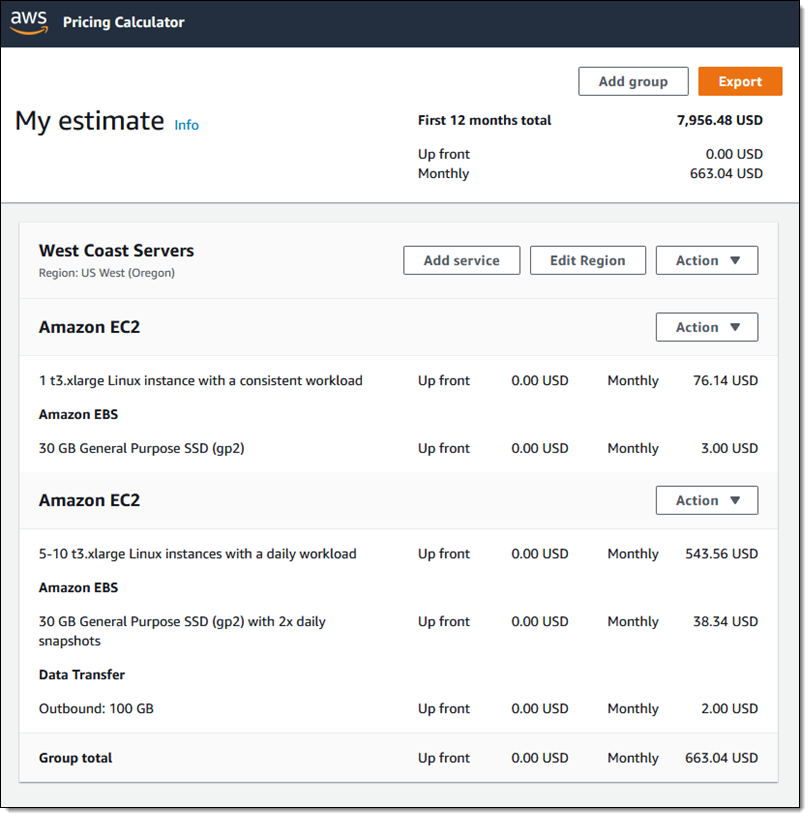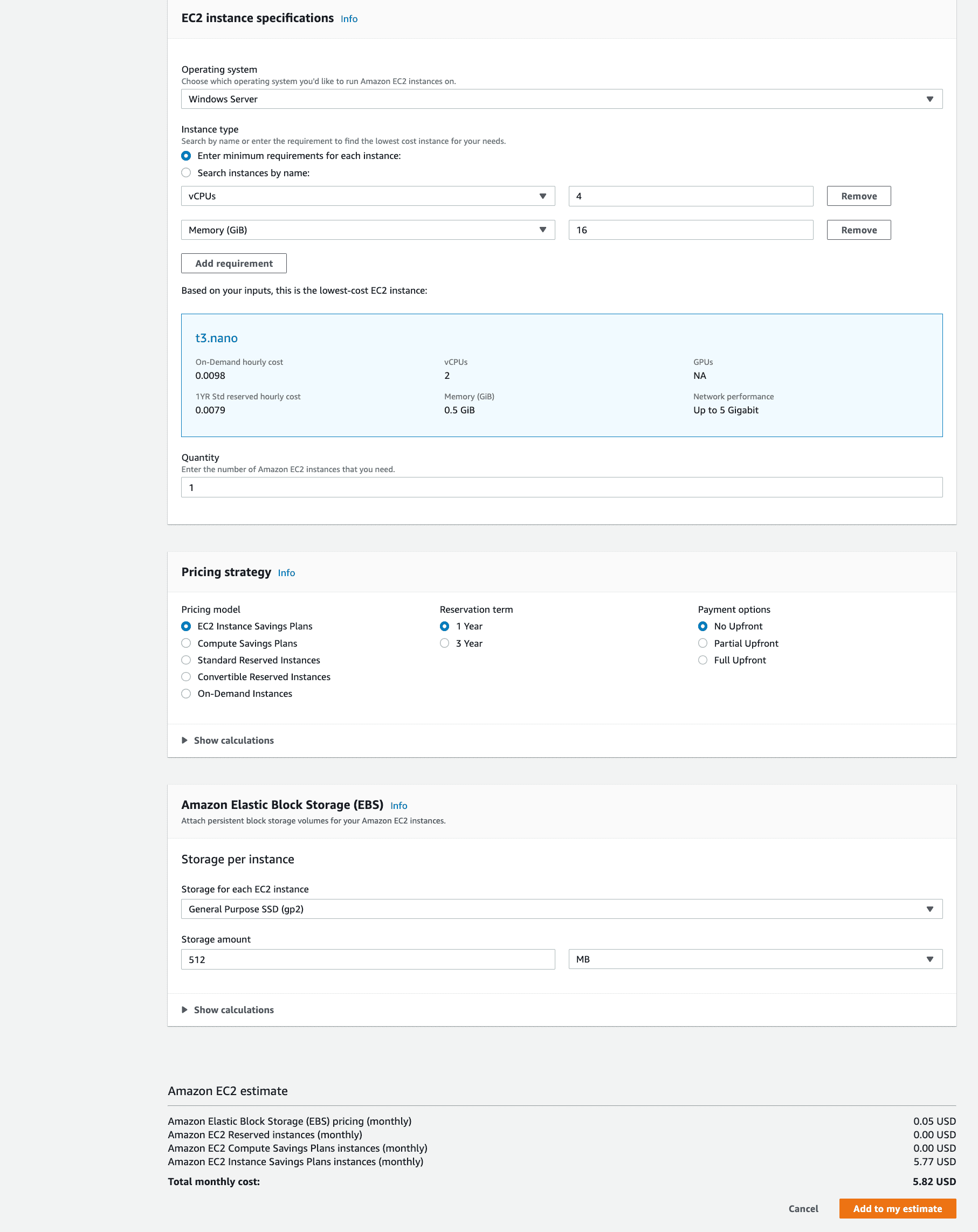
It is up to the user to start the instance types and node pools that were returned in the response. It is responsible for recommending a cluster layout consisting of node pools, but it won’t start instances on the cloud provider. The Banzai Cloud cluster recommender, Telescopes is a standalone project in the Pipeline ecosystem.

Or, for an even more in-depth guide, read the corresponding part of the AWS documentation. If you’re not familiar with spot instances, make sure to read this blog post first, which recaps the lifecycle of spot instances and describes the different ways of requesting spot instances.

Once the recommended cluster is launched by Pipeline, Hollowtrees will make sure to keep that cluster safe from (spot and preemptible) instance terminations When using spot instances, it is very important to deploy a cluster with diversified instance types, and to manage the cluster lifecycle to keep the cluster available, even when a number of instances are subtracted from the cluster. Spot instances on AWS or preemptible ones on Google Cloud are useful for fault-tolerant workloads, in which it doesn’t matter if (some of) the instances are terminated. First, we’ve added support for spot instance based clusters, wherein it is very difficult to discern the best cluster layout, one that’s simultaneously highly available (by having diverse instance types) and, on the other hand, still affordable. So we’ve come up with a solution, the addition of a new component to the Pipeline infrastructure that helps select the ideal instance type for a job.

That means that companies often spend more in the cloud than necessary. We discussed how difficult it is to keep track of the vast array of instance types and pricing options offered by cloud providers, especially on AWS with spot pricing. Managing spot instance clusters on Kubernetes with HollowtreesĪ few months ago we posted on this blog about overspending in the cloud.


 0 kommentar(er)
0 kommentar(er)
